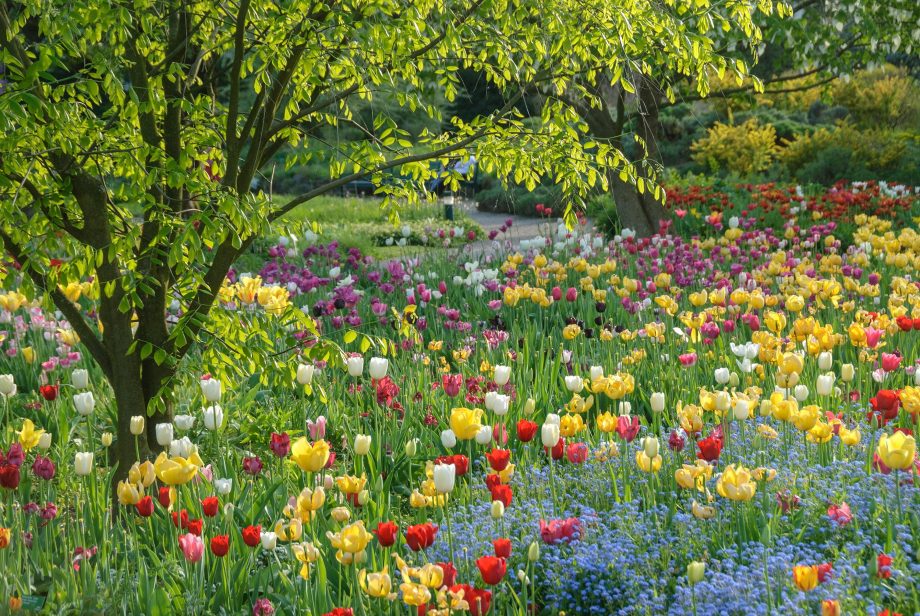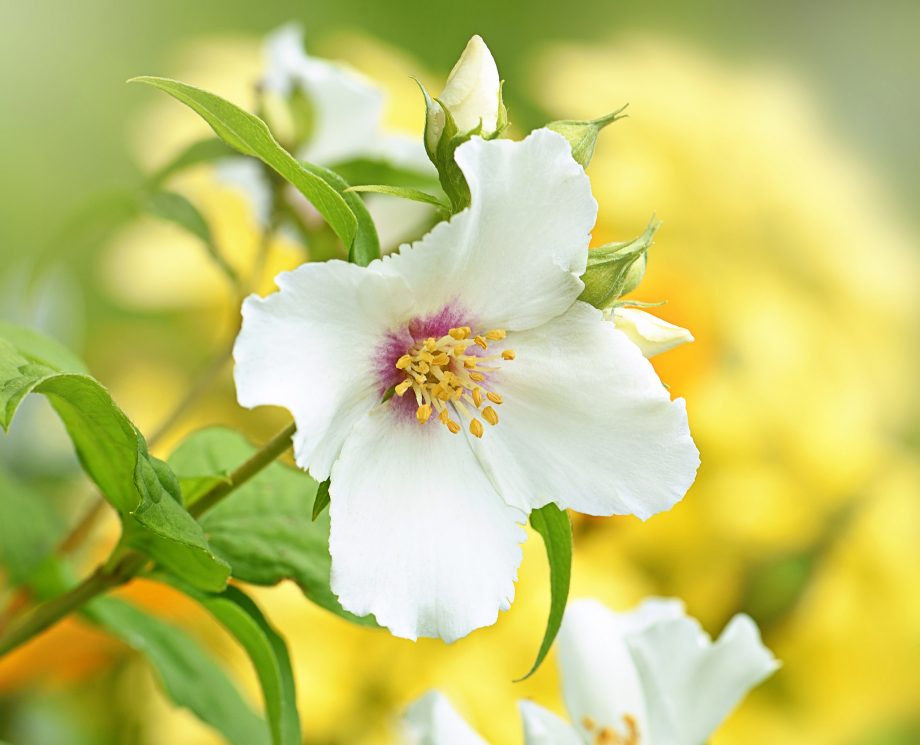Charles Quest-Ritson lavishes praise on the all-too-easily-overlooked mulberry, and explains how to grow them in your garden. You'll thank him.
I am always amazed by how often one sees a mulberry tree growing in a public park where visitors do not recognise its virtues, do not stop to ask its name, do not step underneath it and do not reach up to taste the delicious fruit. This explains why you never see mulberries in shops or markets — they are largely the preserve of private gardens. Everyone should plant a tree.
Morus nigra, the black mulberry, is the only species worth eating. The white mulberry Morus alba sets vast quantities of fruit, sometimes seen in street markets in Spain and Italy, but they are insipid and pippy. The trees are, however, good for silkworms, and every schoolboy knows that Morus alba is the species that James I should have planted to launch his English silk industry. I say ‘every schoolboy knows’, but that’s not how history is taught nowadays.
Nothing else resembles that irregular bundle of knobbly drupelets, every one of them a slightly different colour and shape, that cluster together to make a mulberry. Nor is there anything to match their crunch. They’re firmer than a blackberry, juicier than a raspberry, and squirtier than any other fruit. Their dark colour has given its name to ‘murrey’, and their juice stains so deeply that it is the most difficult of fruits to wash out.
Mulberries — the fruits — appear edible when, in fact, they are still sour. We leave them until they are darker than one would imagine possible and ready to fall to the ground. Then we spread old sheets beneath and wait for them to drop, by which time they are deepest red, almost black, and gloriously ripe, although never rotten.
“We eat as much as we can when the fruit is fresh, then freeze the surplus for winter puddings”
Mind you, they do not all ripen at the same time, but over a period of six weeks. We find they do not always produce huge crops, but every year brings enough to enjoy. 2020 was a bumper year. All my children have gardens with mulberry trees and were looking for new ways to use them. Summer pudding is delicious, although it has to be made with the sort of white bread that few who read Country Life will have tasted since they left school. Mulberry jam is also delicious, although the fruits make it a bit lumpy when you try to spread it and it needs extra pectin in the jamming — apples are best — or it will be very runny.
We eat as much as we can when the fruit is fresh, then freeze the surplus for winter puddings. Mulberries are one of those fruits with flavour that changes little as a result of cooking or freezing. There’s a little loss of freshness, and one loses the crunch of the fruitlets, but their powerful fruitiness remains unchanged.
If you want to grow one and you know someone who has a tree, ask them whether you might be allowed to take a cutting. Now is the best time of the year to do so and the bigger the cutting the better, because you will not have to wait so long for your tree to start fruiting regularly. A branch 3ft or 4ft long will not be too big, provided you thrust it firmly into the soil to make sure that it does not rock in the wind.
“Pause to ponder this strange phenomenon: you are eating an evolutionary freak”
It’s a good idea to stake a really large cutting and to water it in hot weather for a year or two: mulberries tolerate summer drought, but watering helps them to grow and increases the size and juiciness of the fruits.
Mulberries fare best in the warmer parts of Britain and thrive on our south-facing chalky slopes in Hampshire. They take on an aspect of gnarled respectability at a much younger age than humans do. The bark is soft and flaky, which imparts to young trees a semblance of ancient majesty. I discovered this rugged, dusty bark and their rather rough leaves as an eight-year-old tree-climber. ‘Look what a mess you have made of your clothes,’ said Nanny.
Here are two curious facts about the botany of mulberries. First, wild mulberries are dioecious, which is the scientists’ word for explaining that some trees are male and some are female. You need both to produce fruit, so the cultivated forms are actually hermaphrodites, selected because they carry both male and female flowers and do not need a spare male to pollinate them.
The second little-known fact about mulberries is that Morus nigra is highly polyploid, in fact uniquely so. This means that, instead of the one pair of chromosomes found in most plants (and in Homo sapiens, too), they have no fewer than 22 sets of them, the highest number for any known plant. Pause to ponder this strange phenomenon: you are eating an evolutionary freak.

The best honeysuckle to grow in your garden – especially if they’re gifts from now-departed friends
Charles Quest-Ritson extols the virtues of delightful honeysuckle.

Charles Quest-Ritson: What English country gardeners can learn from their German counterparts
Charles Quest-Ritson has spent years making trips to Germany to gather ideas and new plants — but is puzzled that nobody

Charles Quest-Ritson: Why every gardener in Britain should be growing philadelphus
Charles Quest-Ritson's list of flowers that every garden should own includes the usual names — rose, daffodil, clematis. But he'd also

What to plant if you’re thinking of putting a willow in your garden
Charles Quest-Ritson offers advice on this incredibly vibrant plant.

Charles Quest-Ritson: Moving back to an English country garden has been a joy — but we do miss the cheese
Giving up life on the Cherbourg peninsula to return to England has brought huge happiness to Charles Quest-Ritson — but




